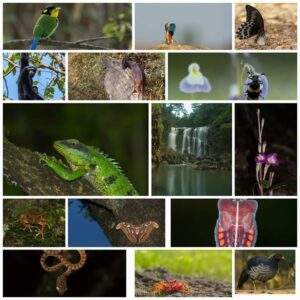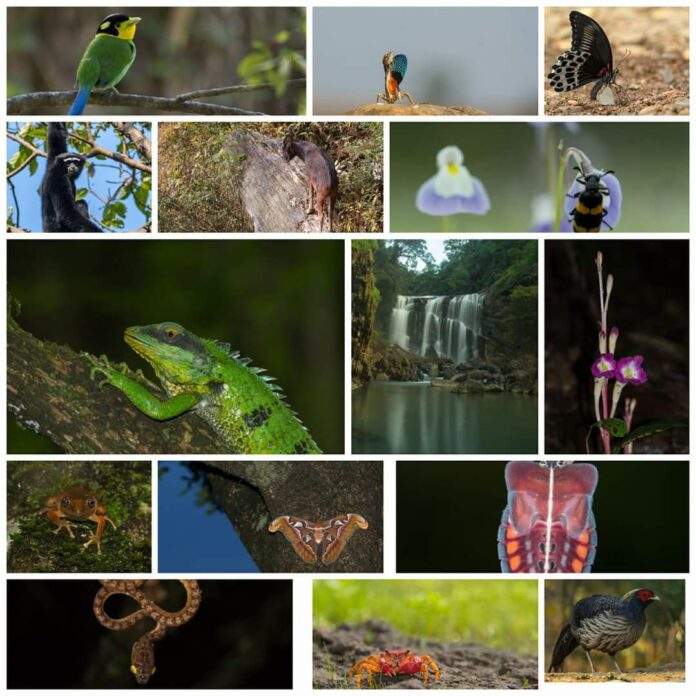
The United Nations has proclaimed May 22 the International Day for Biological Diversity (IDB) to increase understanding and awareness of biodiversity issues.
Since 2002 we celebrate biodiversity with different themes each year, this year in 2022 we are celebrating with theme “Building shared future for all life”. The slogan was chosen to continue building momentum and support for the post-2020 global biodiversity to be adopted at the upcoming UN Biodiversity Conference COP15. Biodiversity remains the answer to several sustainable development challenges. From nature-based solutions to climate, health issues, food and water security, and sustainable livelihoods, biodiversity is the foundation upon which we can build back better.

Photo Credit – Mr, Swapnil Pawar
The term biodiversity (from “biological diversity”) refers to the variety of life on Earth at all its levels, from genes to ecosystems, and can encompass the evolutionary, ecological, and cultural processes that sustain life.
Biodiversity includes not only species we consider rare, threatened, or endangered but also every living thing—from humans to organisms we know little about, such as microbes, fungi, and invertebrates.
India has some of the world’s most bio-diverse regions. The political boundaries of India encompass a wide range of eco-zones desert, high mountains, highlands, tropical and temperate forests, swamplands, plains, grasslands, areas surrounding rivers, as well as island archipelago. It hosts 4 biodiversity hotspots: the Himalayas, the Western Ghats, the Indo-Burma region and the Sundaland [Includes Nicobar group of Islands]. These hotspots have numerous endemic species.
India, for the most part, lies within the Indo-malaya eco-zone, with the upper reaches of the Himalayas forming part of the Palearctic eco-zone; the contours of 2000 to 2500m are considered to be the altitudinal boundary between the Indo-Malayan and Palearctic zones. India displays significant biodiversity. One of seventeen mega diverse countries, it is home to 7.6% of all mammalian, 12.6% of all avian, 6.2% of all reptilian, 4.4% of all amphibian, 11.7% of all fish, and 6.0% of all flowering plant species.
Biodiversity is important to most aspects of our lives. We value biodiversity for many reasons, some utilitarian, some intrinsic. This means we value biodiversity both for what it provides to humans, and for the value it has in its own right. Utilitarian values include the many basic needs humans obtain from biodiversity such as food, fuel, shelter, and medicine. Further, ecosystems provide crucial services such as pollination, seed dispersal, climate regulation, water purification, nutrient cycling, and control of agricultural pests.
Over the last century, humans have come to dominate the planet, causing rapid ecosystem change and massive loss of biodiversity across the planet. This has led some people to refer to the time we now live in as the “anthropocene.” While the Earth has always experienced changes and extinctions, today they are occurring at an unprecedented rate. Major direct threats to biodiversity include habitat loss and fragmentation, unsustainable resource use, invasive species, pollution, and global climate change. The underlying causes of biodiversity loss, such as a growing human population and overconsumption are often complex and stem from many interrelated factors.
Finally, the lifestyle choices of individuals and communities can have a large effect on their impacts on biodiversity and the environment. While we might not be able to prevent all negative human impacts on biodiversity, with knowledge we can work to change the direction and shape of our effects on the rest of life on Earth.

Mr. Amol Kumbhar
Wildlife Biologist
Ecological Conservation Society, Mumbai






